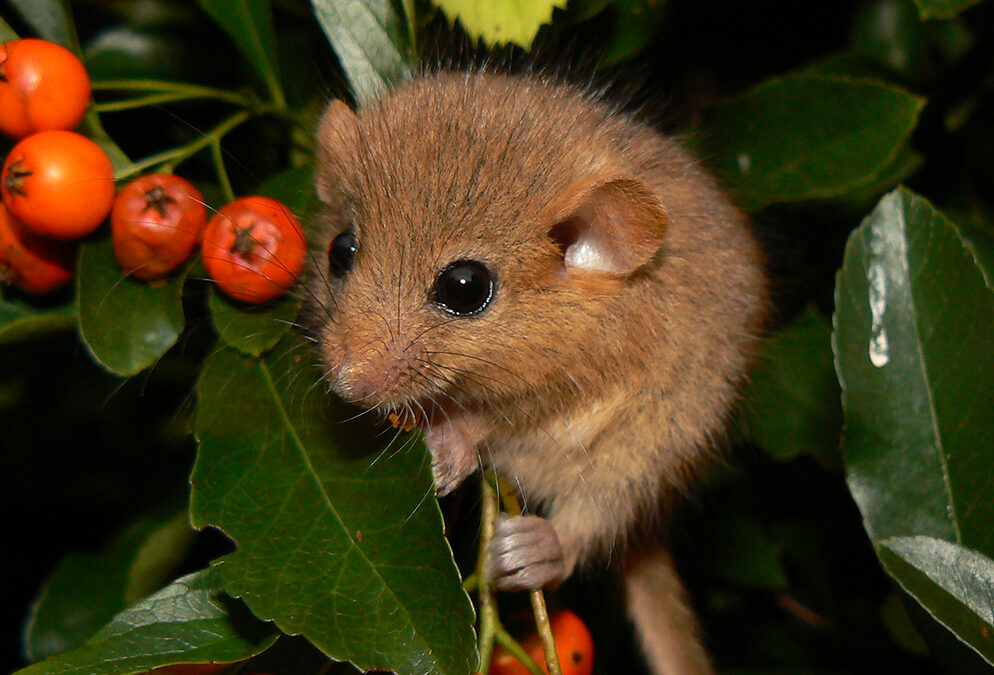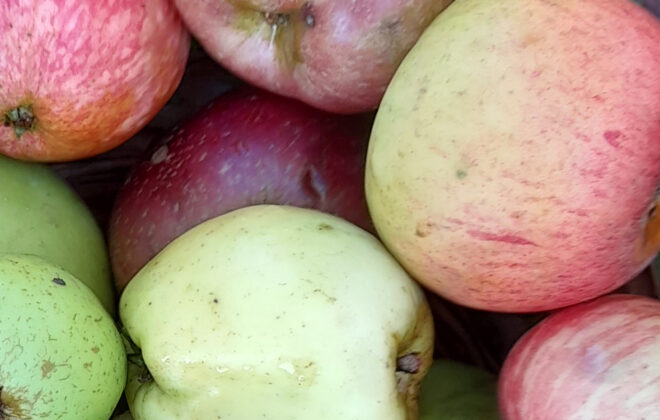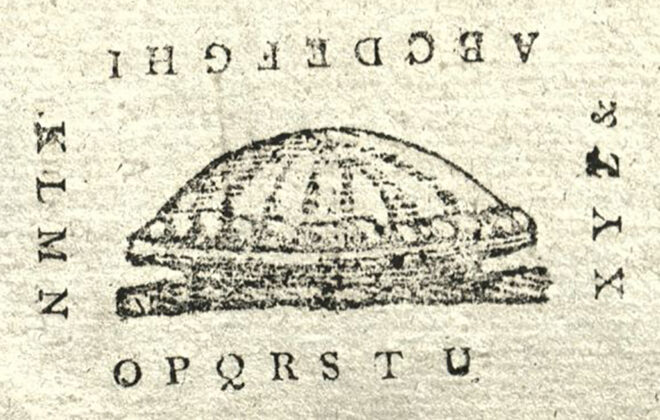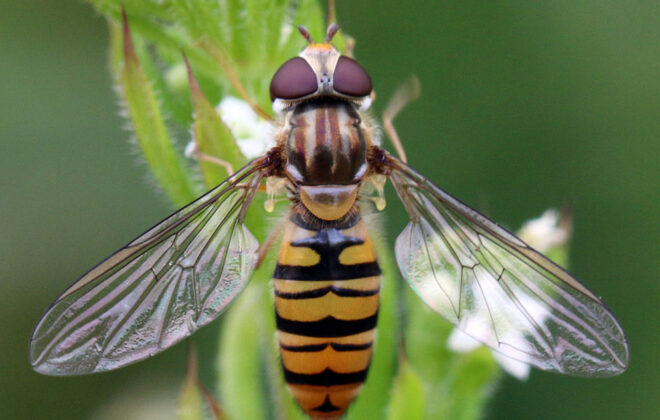Animals & Insects in the Orchard
Animals that live in the orchard
Three of the most important features of orchards are:
- the dead, or decaying wood caused by trees which age quickly
- the blossom on the fruit trees and wild flowers and grasses that grow nearby
- the fruit, eaten by a wide range of animals, including humans
Insects that like hollow trunks, rot holes, dead wood and sap runs – Stag Beetle, Violet Oil-Beetle, and the beautiful and rare Noble Chafer Beetle. NB The larvae of beetles live in the wood of the trees as adults and feed on the flowers of tall herbs such as hogweed and wild angelica, hawthorn and other shrubs. Toads and woodlice also like to be under rocks or logs.
Under tree bark –Two examples of aphids that leave under tree bark in winter, and eat fruit tree leaves in the spring, are the Rosy Apple Aphid and Woolly Aphid. Ladybirds can also be found here, ready to eat the aphids).
Dead wood (and holes in wood) also provide nesting sites for some birds (Lesser Spotted Woodpeckers and Little Owls, Thrushes and Fieldfares (winter visitor), Nuthatch, Pied Flycatcher, Treecreeper, and various tits). Holes in the wood provide roosts for many bat species (including Noctule, Pipistelle and Greater Horseshoe Bat) and are also important for fungi and bryophtes (mosses and liverworts).
Tangled branches – Chaffinches and Mistle Thrushes nest in tangled branches. Robins and Blackbirds love the fruit.
Ponds and hedgerows provide a habitat for a wide variety of amphibians, mammals and birds, including Great Crested Newts, Hedgehogs and Dormice.
Mammal visitors – Foxes visit orchards hunting for rabbits and other small mammals. They will eat apples, have been seen reaching up for fruit. Badgers, hedgehogs, rabbits and hares will all eat fallen apples. Hares also eat the bark.
Pollinating insects: Apple blossom, meadow grasses and the wild flowers that grow nearby, provide a nectar and pollen source for bees, wasps, moths and butterflies including the Marmalade Hover Fly, Meadow Brown and Red Admiral. The large Fruit Tree Tortrix Moth, Codling Moth and Winter Moth all eat the tree trunk, and then feed on the nectar as adults. Crab Spiders lives on flower and eat pollinators (bees, flies, butterflies). NB Widely spaced trees help to create warmth for pollinators and their predators.
A great website with pictures of wildlife, orchard animals, and habitat can be found here and also take a look at the Woodland Trust:




